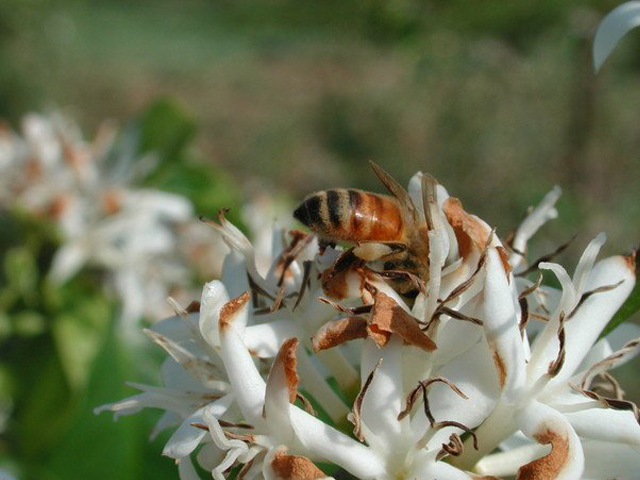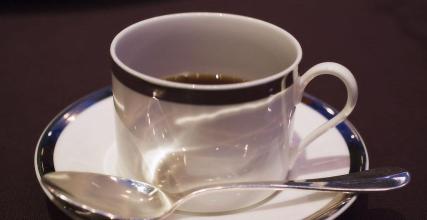Panamanian Coffee Manor introduces Esmeralda Manor
The species of "LaEsmeralda" manor Geisha was discovered in the rose forest of Ethiopia in 1931 and sent to the Coffee Research Institute in Kenya. It was introduced to Uganda and Tanzania in 1936 and introduced to Costa Rica in 1953. Panama was introduced in the 1970s by Mr. Francis Coselazin of Dongba Seven Farm Garden from CATIE in Costa Rica and then began to grow rosy summer coffee. In the early years, the recognition of top coffee mostly followed Japan, one king and one queen, Jamaica Blue Mountains and Hawaii Kona, but with the continuous improvement of the standard of coffee-producing countries and the sharing of information. It has exposed us to more boutique coffee, and this coffee bean, Panamanian Rose Summer, has become the new king of coffee in recent years, and his son, Mr. Bradazon, moved to Panama from California in 1973. He inherited his father's farm, changed most of the farm to grow coffee in 1987, and invested in machinery and equipment for refined coffee in 1994 to create a brand. While Mr. Brais Bidasson and his wife Susan went into formal operation on the coffee farm, they also raised three children, Elligo (born in Philadelphia in 1966), Rachel (born in Sweden in 1967), and Danielu (born in Panama in 1974) Geisha, which swept through the coffee world with hurricane power. The Blue Mountains of Jamaica and Kona of Hawaii, who had occupied the throne of the coffee kingdom for a long time, also had to back off. This wild species, originally from Ethiopia, has been found in all major coffee producing areas after numerous battles, and its best spokesman is a geisha from Panama whose pronunciation is the same as Japanese, so some people call it geisha coffee. Because the tree species are taller than ordinary coffee trees, they were originally planted in a small area of the manor and used as a windbreak. In order to take part in the annual competition for the best coffee in Panama, the son of the manor owner searched all the coffee trees in the manor for testing, so that Geisha had a chance to appear on the stage. Since then, he has also participated in various world coffee competitions, winning a total of 11 championships. History of Esmeralda Farm: founded by Hans Elliot, a Swede, in 1924, Esmeralda Farm was not a coffee grower but a ranch. Forty years later, in 1964, Mr. Danielupidason's grandfather, Ruth Lover. Mr. Bidarsson bought Esmeralda Farm in order to have an old home after retirement. His grandfather, Mr. Ruth Rufo Bidasson, was born in Sweden. the former president of the Bank of America and the director of United Nations Development visited a farm for sale in the Haramijun area of the Bocketi Valley in 1996, and was attracted by the beautiful farm to buy it immediately. This is Esmeralda. Daniel Lou, the third son of Haramiqiong Farm. It is in this farm that Mr. Bidasson grows Geisha coffee, which attracts the attention of the coffee world.

Important Notice :
前街咖啡 FrontStreet Coffee has moved to new addredd:
FrontStreet Coffee Address: 315,Donghua East Road,GuangZhou
Tel:020 38364473
- Prev

Ethiopian Coffee characteristic Gima Coffee Sidamo Coffee African boutique Coffee beans sour Coffee
The natural characteristics of coffee beans include large coffee beans.
- Next

Introduction to St. Thomas of Cliff Manor in Jamaica Coffee Manor
When it comes to Jamaica, everyone's eyes lit up immediately because it produced the best Jamaican Blue Mountain Coffee (Jamaica Blue Mountain) in the world. We absolutely believe that Jamaica Blue Mountain Coffee is the best coffee, its acid, sugar, alcohol and bitterness are well balanced, fragrant and smooth to drink, but its price is too high, although it is worth a try, there is no need to do so.
Related
- Does Rose Summer choose Blue, Green or Red? Detailed explanation of Rose Summer Coffee plots and Classification in Panamanian Jade Manor
- What is the difference between the origin, producing area, processing plant, cooperative and manor of coffee beans?
- How fine does the espresso powder fit? how to grind the espresso?
- Sca coffee roasting degree color card coffee roasting degree 8 roasting color values what do you mean?
- The practice of lattes: how to make lattes at home
- Introduction to Indonesian Fine Coffee beans-- Java Coffee producing area of Indonesian Arabica Coffee
- How much will the flavor of light and medium roasted rose summer be expressed? What baking level is rose summer suitable for?
- Introduction to the characteristics of washing, sun-drying or wet-planing coffee commonly used in Mantenin, Indonesia
- Price characteristics of Arabica Coffee Bean Starbucks introduction to Manning Coffee Bean Taste producing area Variety Manor
- What is the authentic Yega flavor? What are the flavor characteristics of the really excellent Yejasuffi coffee beans?

